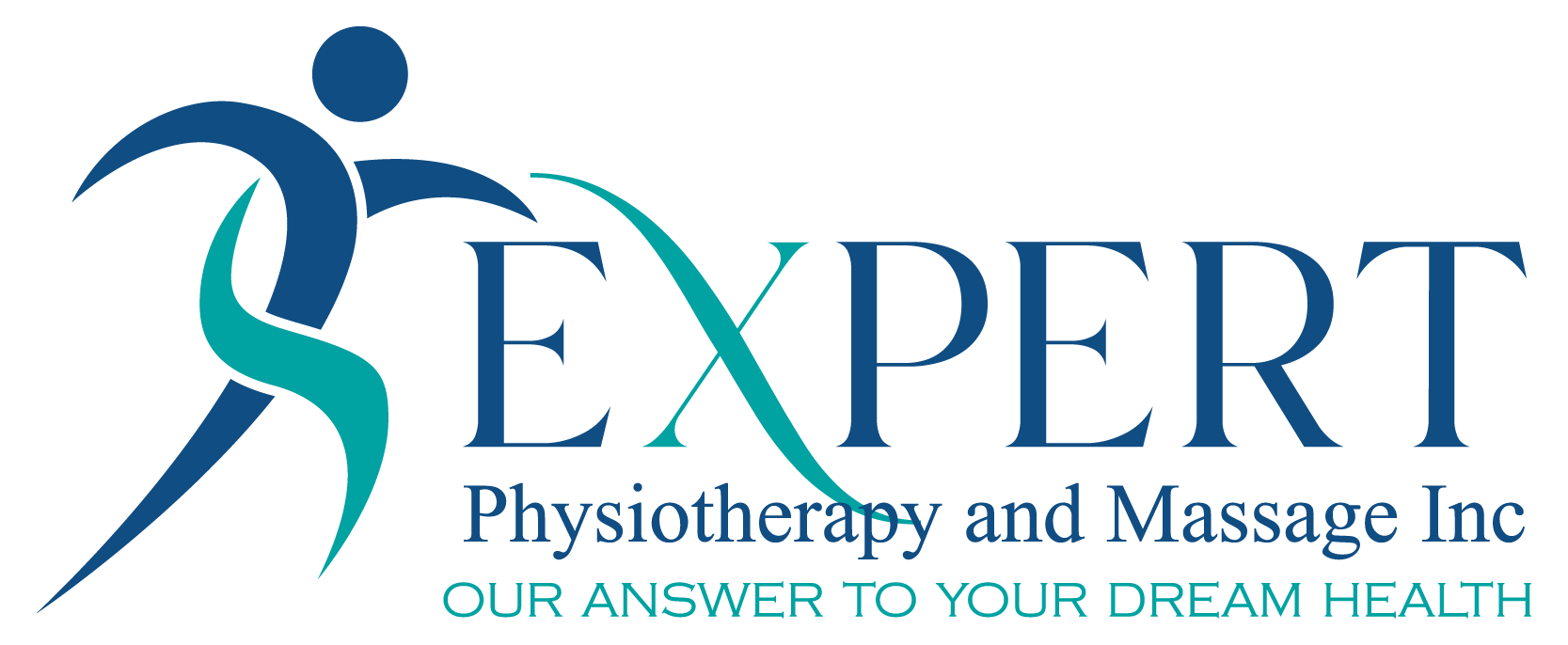“What’s Your Heart Telling You? How Heart Rate & Blood Pressure Change with Daily Activities”
Understanding how your heart rate and blood pressure respond to different activities is key to improving cardiovascular health, optimizing your workouts, and managing conditions like hypertension or dizziness. At Expert Physiotherapy and Massage Inc, we help clients understand these vital signs and guide them safely through movement and recovery.
🫀 What Are Heart Rate and Blood Pressure?
- Heart Rate (HR) is the number of times your heart beats per minute (bpm).
- Blood Pressure (BP) is the pressure of blood pushing against the walls of your arteries, shown as systolic/diastolic (e.g., 120/80 mmHg).
🧬 The Physiology Behind Heart Rate and Blood Pressure
Your heart and blood vessels work as a system to deliver oxygen-rich blood to muscles and organs, adjusting continuously based on activity, posture, and health.
- Heart Rate is controlled by your autonomic nervous system, speeding up with sympathetic activation (stress, exercise) and slowing with parasympathetic activation (rest).
- Blood Pressure depends on cardiac output and vessel resistance, regulated by your brain to ensure steady blood flow, especially to the brain.
✅ What’s a Normal Heart Rate?
| Condition | Accepted Range (bpm) |
|---|---|
| Resting (Adults) | 60–100 bpm (lower in athletes: 40–60 bpm) |
| Light Activity | 90–120 bpm |
| Moderate Exercise | 120–150 bpm |
| Intense Exercise | 150–190+ bpm (varies with age/fitness) |
| After Exercise | Should return toward resting within 5–10 mins |
🔄 How Heart Rate and Blood Pressure Change with Activity
- Resting: Low HR and stable BP
- Standing: Brief HR increase, BP dip then normalization
- Light Activity: Moderate HR and slight BP rise
- Moderate/Intense Exercise: High HR and systolic BP spikes
- Recovery: Gradual return to baseline values
⚠️ Precautions When Exercising
- Check with your doctor before starting or changing exercise routines, especially if you have heart disease, hypertension, or other chronic conditions.
- Monitor symptoms: Stop exercising and seek help if you experience chest pain, dizziness, extreme shortness of breath, palpitations, or fainting.
- Use gradual progression: Increase intensity and duration slowly to allow your cardiovascular system to adapt.
- Warm-up and cool-down: Always include these to prevent sudden blood pressure spikes and improve recovery.
- Hydration and environment: Avoid exercising in extreme heat or dehydration which can affect heart rate and blood pressure.
⚠️ Risks of Exercising Without Proper Guidance
- Excessive blood pressure spikes can strain the heart and blood vessels.
- Arrhythmias (irregular heartbeats) might be triggered in susceptible individuals.
- Falls or injury due to dizziness or fainting caused by sudden blood pressure drops.
- Overtraining leading to fatigue and reduced immune function.
- Worsening symptoms if underlying cardiovascular or autonomic conditions are not managed.
🌟 Benefits of Exercise on Heart Rate and Blood Pressure
- Improves heart efficiency: Lower resting heart rate and improved stroke volume.
- Lowers blood pressure: Regular moderate exercise reduces hypertension risk.
- Enhances vascular health: Improves elasticity of blood vessels.
- Boosts autonomic balance: Better regulation of sympathetic and parasympathetic systems.
- Increases exercise tolerance and quality of life: More energy, less fatigue, better mood.
- Helps weight management: Reduces strain on cardiovascular system.
Tips on How to Self-Monitor Heart Rate and Blood Pressure During Exercise
Monitoring your heart rate and blood pressure during exercise helps you stay within safe limits, optimize your workout, and prevent complications. Here’s how you can do it easily:
1. Checking Your Heart Rate
Use a heart rate monitor: Wearable devices like fitness bands, smartwatches, or chest straps can continuously track your heart rate.
Manual pulse check:
Find your pulse on the wrist (radial artery) or neck (carotid artery).
Count beats for 15 seconds and multiply by 4 to get bpm.
Know your target heart rate zone:
Calculate your estimated max heart rate: 220 – your age.
Aim to exercise within 50–85% of this max, depending on your fitness level and goals.
Monitor how you feel: If your heart rate is unusually high or you feel dizzy, slow down or stop.
2. Measuring Blood Pressure
Use a home blood pressure monitor:
Portable, automatic cuffs are easy to use before and after exercise sessions.
Follow the device instructions for accurate measurement.
When to measure:
Avoid measuring BP immediately after intense exercise—wait at least 10–15 minutes.
Take readings at rest, before starting activity, and after cool-down for comparison.
Keep a log: Track your readings over time to share with your healthcare provider or physiotherapist.
3. Other Practical Tips
Warm-up and cool down slowly to avoid sudden spikes or drops in heart rate and BP.
Stay hydrated and avoid exercising in extreme heat.
Listen to your body—signs like chest discomfort, excessive breathlessness, or dizziness mean stop and seek advice.
Consult professionals if you have known heart or blood pressure conditions before beginning new exercise programs.
🧘 Why It Matters in Physiotherapy
At Expert Physiotherapy and Massage Inc, understanding your heart rate and blood pressure guides us to:
- Design safe and personalized exercise programs
- Monitor and adjust intensity based on your cardiovascular response
- Help manage conditions like hypertension, POTS, and cardiac rehab
- Support safe return to activity after injury or illness
🏃 Partner With Us for Safe, Heart-Healthy Movement
Whether you’re recovering from injury, managing a chronic condition, or simply aiming to improve fitness, we tailor your program to maximize benefits while minimizing risks.
📞 Call today or 🖥️ Book online with Expert Physiotherapy and Massage Inc—because your heart and health deserve expert care.


